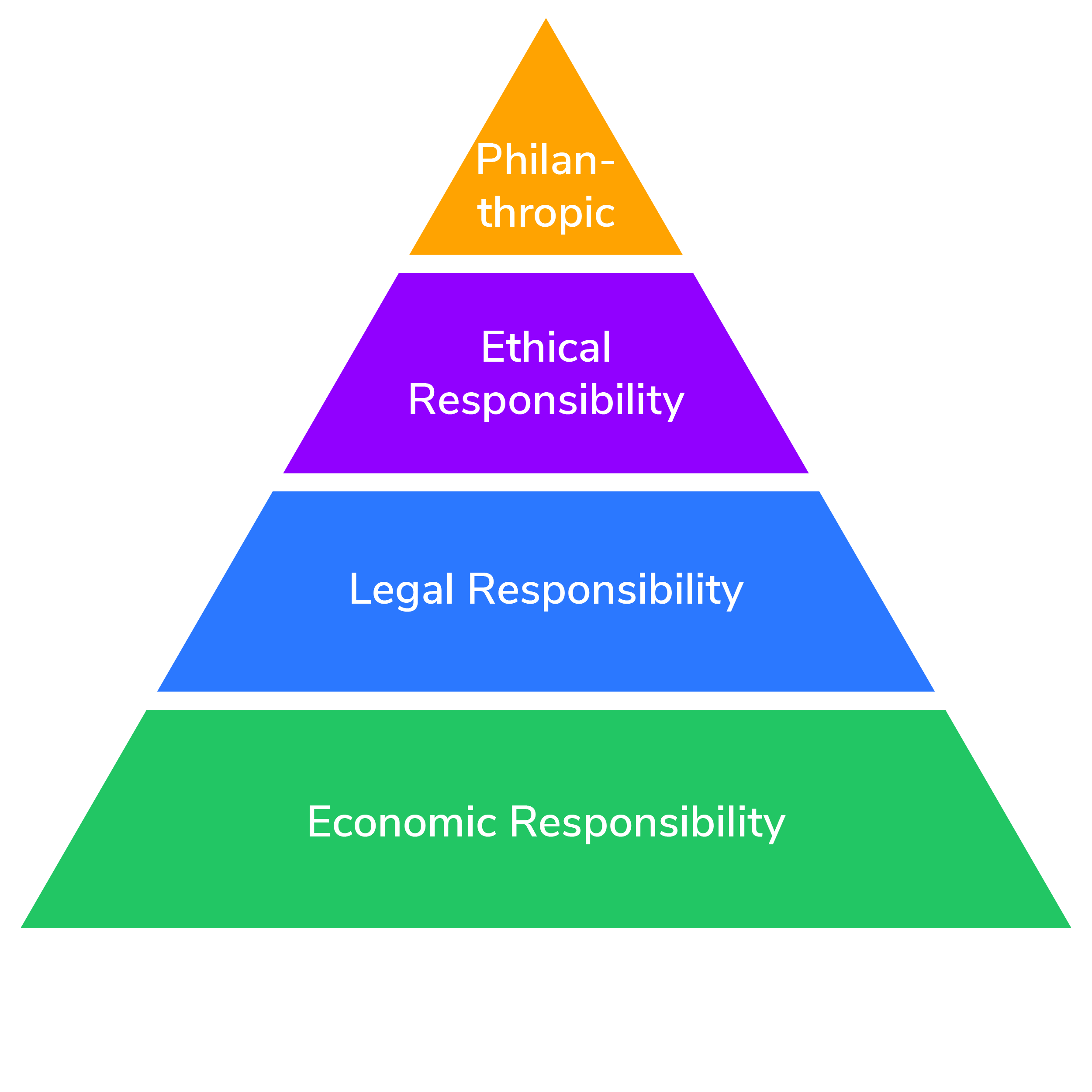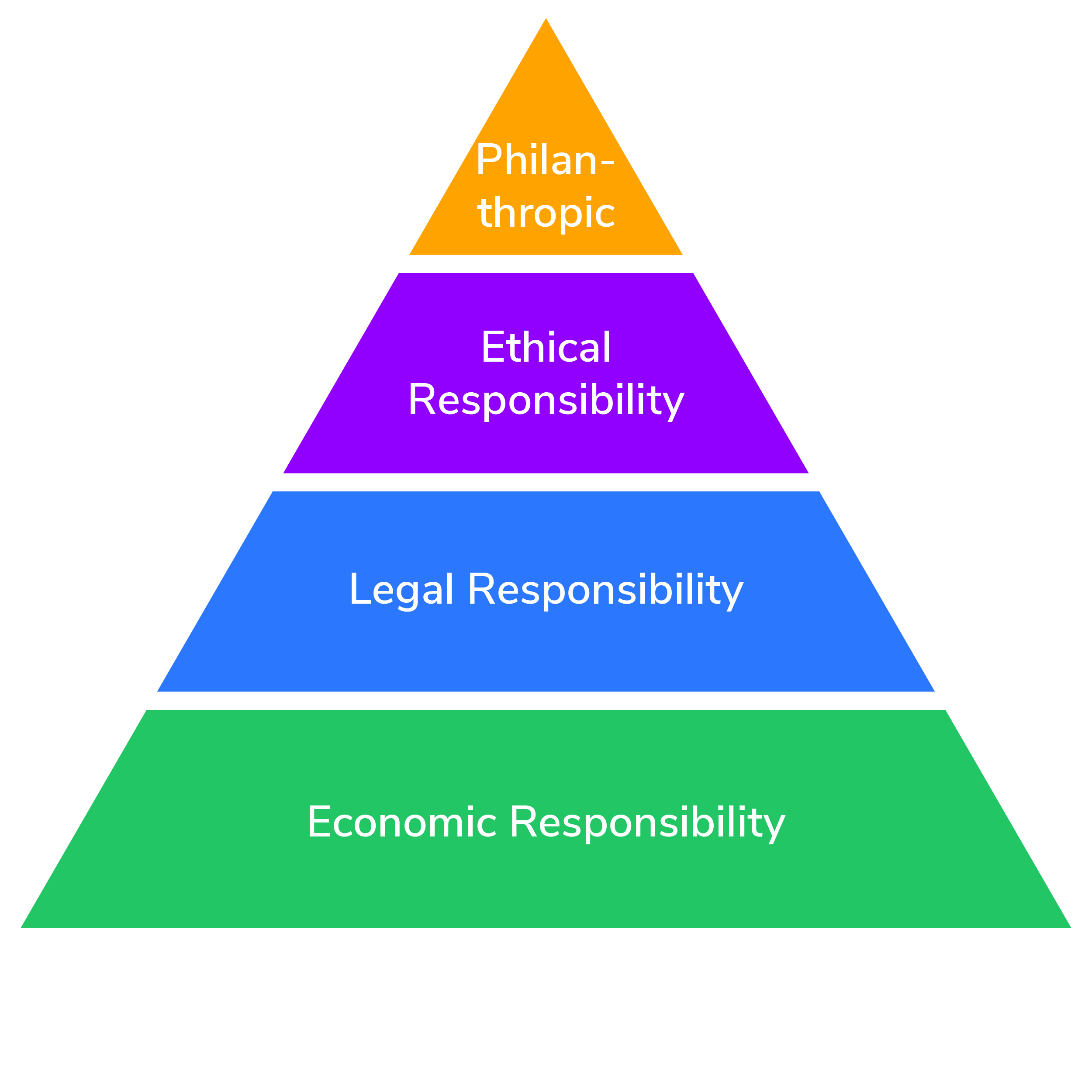Overview
CSR, simply put, is a company’s way to help people and the environment.
Companies that truly practice corporate social responsibility should be proud of themselves. They help people in need and take responsibility for their impact on the environment. Lego and Adidas Group are two examples of companies that do this well.
Over the years, the meaning of CSR has broadened, stretched by the forces and interests of hundreds of thousands of companies, applying their own unique recipes and prescriptions for the use of the term. As was the case in Japan, many companies have thought of CSR as primarily an internal process for many years. Still, corporate social responsibility can and should extend outside the company.
Improving employees’ lives is important, and companies have a chance to standardize and iterate on internal CSR for significant gains, but the impact of external CSR, often implemented by working with municipalities and NPOs, is vitally important. The big wicked problems of hunger, poverty, and environmental degradation can’t be improved without the participation and contributions of companies.
One of the best synergies of these aims is volunteer programs within companies that encourage and incentivize employees to get out into the community and volunteer.
Regardless of the method, companies supporting the community through donations, increasing hiring, and being active and financially involved both locally and nationally in supporting programs and initiatives with positive outcomes are all part of CSR
Starting Points
Terminology
It turns out this term, often maligned as a mere greenwashing attempt, has many other names, and here are a few:
- conscious capitalism
- corporate conscience
- corporate citizenship
- corporate sustainability
- responsible business
- sustainable business
Origins
A debate in 1932, published by the Harvard Law Review between A. A. Berle and Merrick Dodd, set the framework for considering the greater role of the public corporation in society. Berle suggested in this debate that the corporation was responsible to its shareholders exclusively, but E. Merrick Dodd considered corporations should be responsible to society and its shareholders. As an assurance, Berle felt that if CSR was to work, there should be enforceable laws to govern interactions with “labor, customers, and the public equal to or ahead of shareholders” Wikipedia.
The origin of the term and the framework for corporate social responsibility dates all the way back to the 1930s.
As this review of the debate from Oxford University concluded, “CSR can be consistent with maximizing shareholder wealth as well as achieving broader societal goals,” and this is the focus of CSR to this day.
Lurking in the shadows, the arch-nemesis of social responsibility (scores of libertarians will adamantly disagree) is nowhere more embodied than in Milton Friedman, who believed in nothing but the bottom line of profit, social impact, and environmental impacts be damned. Friedman and his ilk are partially responsible for the erosion of the efficacy of CSR and its besmirching as an essential function for corporate citizens. But in his limited view, Friedman failed to see that this framework furthers business objectives when integrated with a company’s unique business model, but more on that later.
Other early influential contributors to the idea of CSR and its transformative impact include Archie Carroll and also Howard Bowen, who, in 1953, wrote his book, “Social Responsibilities of the Businessman.” Their contributions influenced someone on Wikipedia to include a quote attributed to a Business Dictionary defining CSR as:
“a company’s sense of responsibility towards the community and environment (both ecological and social) in which it operates. Companies express this citizenship (1) through their waste and pollution reduction processes, (2) by contributing educational and social programs, and (3) by earning adequate returns on the employed resources.”
(EN.WIKIPEDIA.ORG)Though the citation is dubious, I think it’s a pretty good definition.
Nonprofits and Online Shopping: A Partnership to Benefit All
Help make shopping online an ethical activity. Your leadership is needed. Join the network!
Join as a business or nonprofit member and empower end consumers by giving them an easy way to effect positive change.
Components
Business leaders should know four essential parts of CSR, and Archie Carroll’s CSR Pyramid has illustrated that: Environmental (originally, Legal), Ethical, Philanthropic, and Economic. Imagine that businesses are to consider not just the bottom line of profit, but the “Triple Bottom Line” of profit, people, and the planet.



